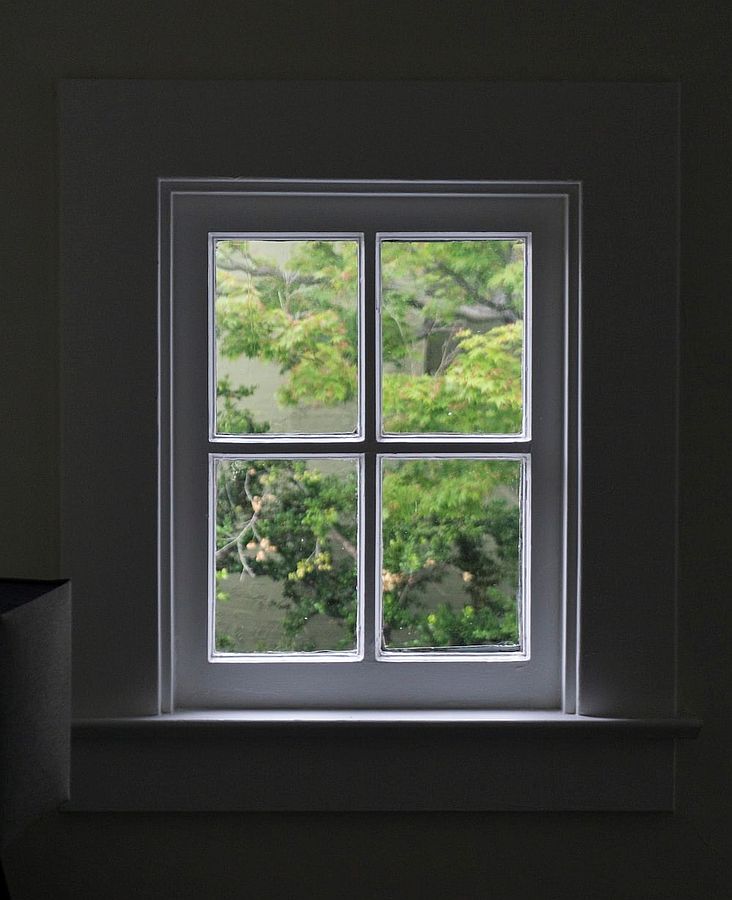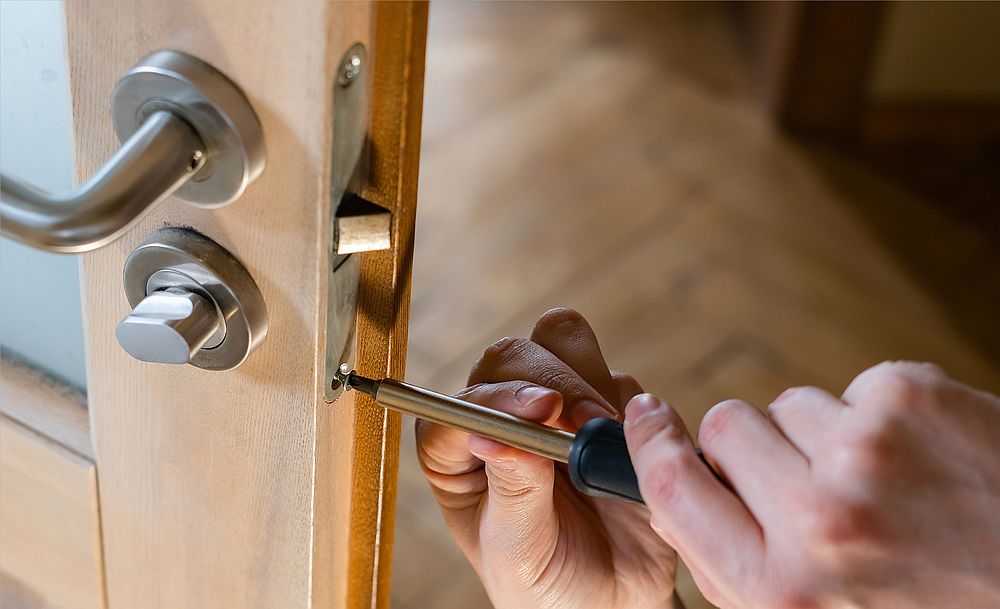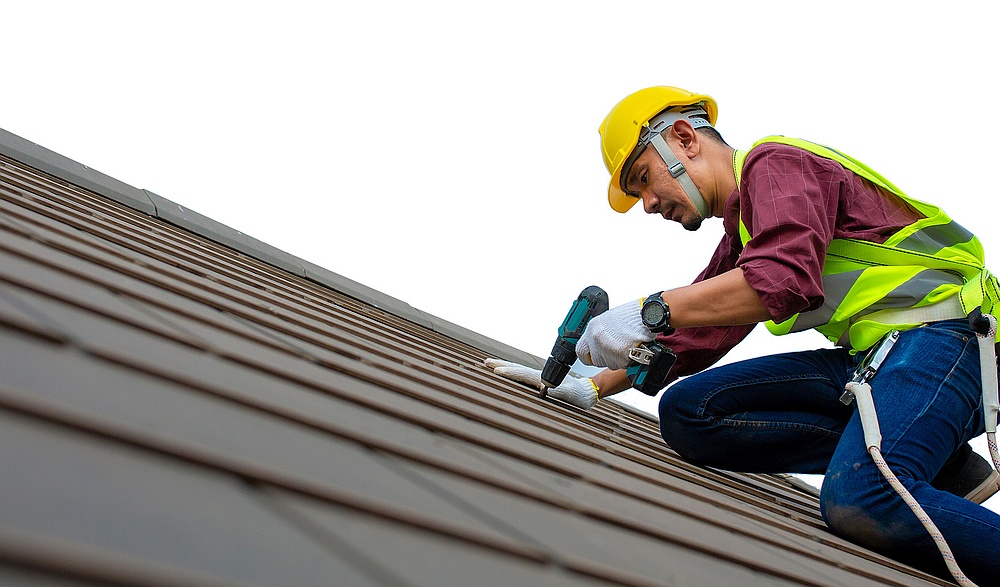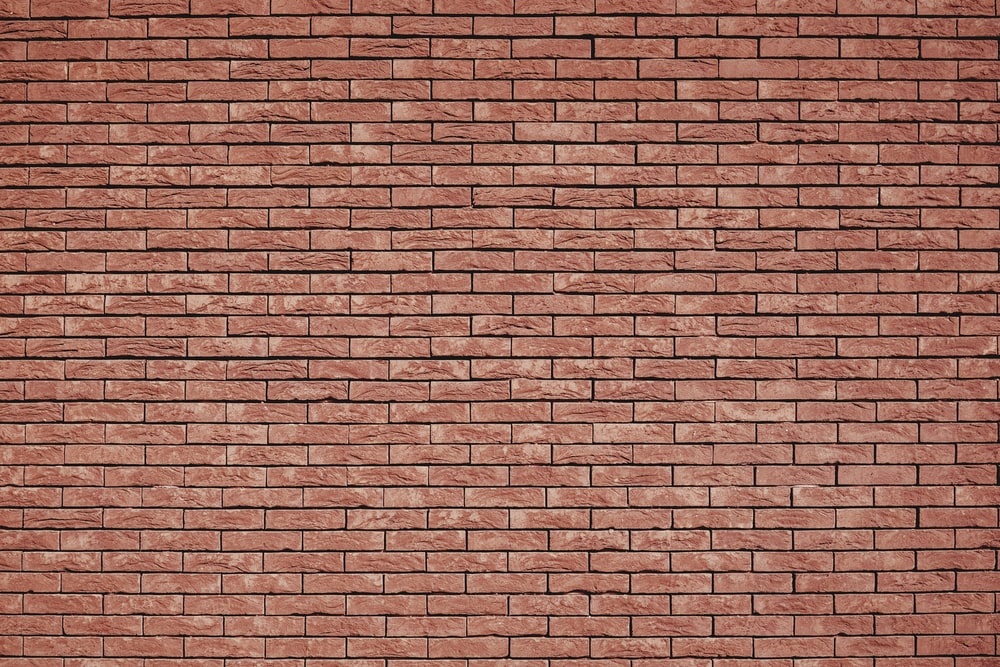Learn the three most common gutter problems homeowners face today – and the best solutions.
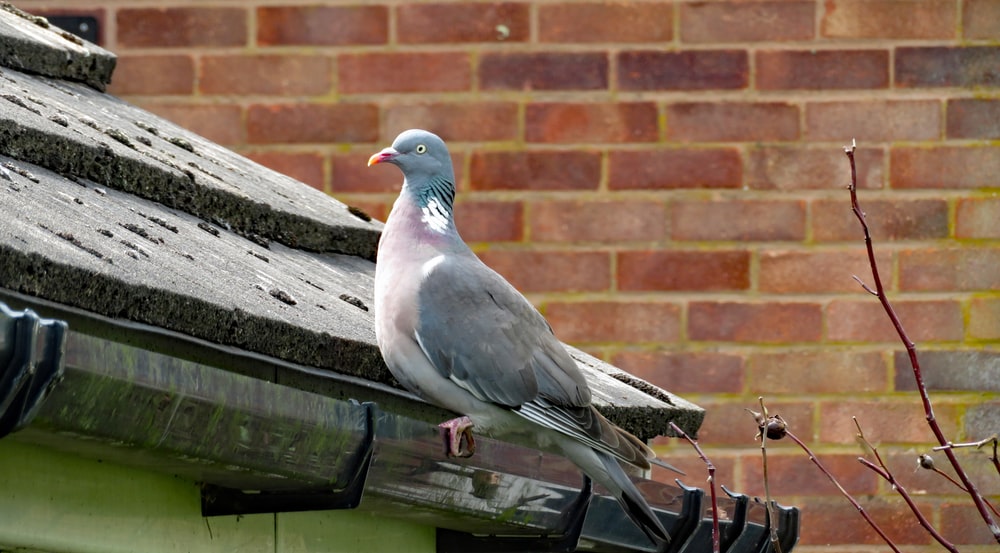
Keep your gutters and downspouts in good condition, and you’ll reduce your chances for water damage. Ignore them, and you may end up with some of the following problems.
Problem: clogged gutters/downspouts
When your gutters and downspouts become clogged rainwater will quickly build up and eventually start overflowing. Meanwhile, the water left standing inside may freeze, creating additional problems.
Solution:
This is an age-old dilemma with no magic solution. Just about whatever you do, you’re still going to need to climb a ladder and clean the gutters occasionally –or better yet, hire a HOC-authorized gutter-cleaning service to root out the debris.
Gutter guards are one popular option to reducing the build-up of debris, but even they aren’t maintenance-free. A porous cover is placed over the open top of your gutters, allowing water to flow through but not leaves. However, the cover will need to be cleaned almost as often as the gutters themselves (a process that’s easier, but still a nuisance).
Another option is gutter foam. Blocks of water-permeable foam are fitted inside your gutters, allowing rainwater to flow through, but not leaves and debris. Foam is less prone to trapping leaves, but even it may need an occasional brush-off in areas with lots of trees.
Increasing the size of your gutters and downspouts is another good solution. Most homes have 5-inch-wide gutters and 2 x 3-inch downspouts. Replacing those with 6-inch gutters and 3 x 4-inch downspouts means more debris will be able to flow through the system without clogging it.
Problem: sagging gutters
When gutters sag, they expose vulnerable areas of your siding and prevent rainwater from draining – which can lead to leaks and rust, as well as the development of mold.
Solution:
The installation of new mounting brackets will fix most sagging gutter systems, if the wood behind isn’t rotted. Old-style gutter-mounting brackets (called “spike hangars”) will usually wiggle loose over time, allowing the gutters to sag and drift away from the house. New-style “floating hangars” are much more secure, yet still allow the gutters to safely expand and contract during weather changes.
This solution assumes that your gutter material is of good quality. Aluminum is the most popular material for gutters, but if it’s less than .032 inch thick, it’s prone to sag – and dent, and crease – no matter what you do.
Problem: leaky gutters
Set a bucket underneath a leaky section of gutter some rainy day and you’re likely to be very surprised by the amount of water these drips can drop.
Solution:
Unfortunately, every connection on a gutter system creates a seam, each of which is susceptible to leakage. One thing you can do to control those leaks is hire a HOC-authorized contractor to re-apply sealant to each seam every few years. He can also patch any holes or cracks.
So-called “seamless gutters” aren’t actually seam-free. However, having fewer seams does greatly reduce the possibility of future leaks.
Of course, the easiest solution to all of these problems is simply to contact the Home Owners Club and ask for a visit from a HOC-authorized gutter specialist.

